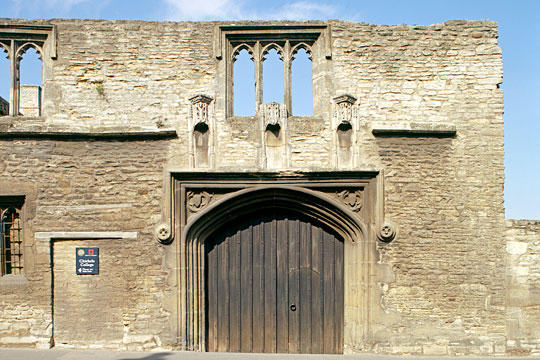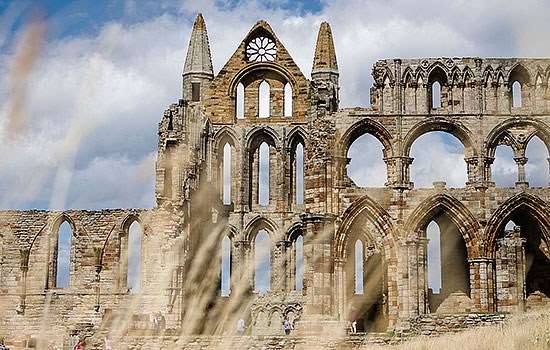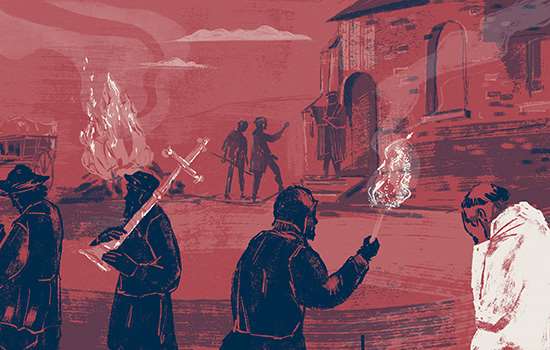History of Chichele College
Chichele College was founded by Henry Chichele, Archbishop of Canterbury from 1414 to 1443 and the founder of All Souls’ College, Oxford. He was born in Higham Ferrers in about 1362.
The buildings here were partly complete when the foundation ceremony took place in 1425.

The term ‘college’ was used at the time to describe a community of priests who shared a communal life that was less strictly controlled than that within a monastery.
Chichele is a rare surviving example of a chantry college, a type of institution common in England in the 14th and 15th centuries. The colleges’ prime concern was to offer prayers for the souls of the patron and his family, and often they also had an educational function.
Chichele College was provided with a master, seven chaplains, four clerks and six choristers. It had close links with the parish church, and the town’s school and bedehouse (almshouse), for the ‘deserving’ poor and elderly.
The college was surrendered to Henry VIII in 1542, and the building has been much altered since, so that many of the original features have disappeared. Parts of the south and east ranges were adapted to form a smaller building, which in the 18th century served as an inn.
By the early 20th century it was reduced to a single farm cottage with an attached granary.
Description
Although parts of the college survive only as foundations, some impressive walls remain and the chapel is still roofed. The buildings were laid out around a quadrangle about 14 metres (45 ft) square. The east wall of the east range, which fronts the main road, stands to its full height and incorporates the main entrance gateway.
At its north end another wall abutting it, with a blocked opening, is the remnant of a barn built in the late 18th or early 19th century that overlies parts of the north and east ranges.
Much of the south range, which includes the accommodation block and chapel, survives.
The chapel has been much altered and partly rebuilt, but retains a large, blocked east window. Built into both its interior and exterior walls are projecting corbels, carved in the form of human heads, probably placed here after the college was suppressed. The chapel is now regularly used for art exhibitions.
To the north and west of the present building are exposed foundations and stone walls. These include the remains of the western part of the south range and other buildings.
The foundations suggest that a hall took up all or most of the west range, with the kitchens at the north-west corner.
The level, grassed area on the western edge of the site represents the college garden, laid out in 1425.
Further reading
Charlton, J, ‘The Chichele College, Higham Ferrers’, Archaeological Journal (1953), 110, 153
Pevsner, N and Cherry, B, The Buildings of England: Northamptonshire, 2nd edn (London, 1973)


